-
 bitcoin
bitcoin $108221.513755 USD
-0.10% -
 ethereum
ethereum $3817.049350 USD
-1.16% -
 tether
tether $1.000184 USD
-0.03% -
 bnb
bnb $1081.373706 USD
1.55% -
 xrp
xrp $2.367284 USD
-2.30% -
 solana
solana $180.847708 USD
-3.07% -
 usd-coin
usd-coin $0.999936 USD
0.00% -
 tron
tron $0.322230 USD
-0.06% -
 dogecoin
dogecoin $0.190590 USD
-1.92% -
 cardano
cardano $0.626657 USD
-2.42% -
 hyperliquid
hyperliquid $37.280123 USD
6.15% -
 chainlink
chainlink $17.222315 USD
-2.46% -
 ethena-usde
ethena-usde $0.999312 USD
-0.03% -
 stellar
stellar $0.309699 USD
-0.98% -
 bitcoin-cash
bitcoin-cash $475.445788 USD
-1.02%
How can you confirm KDJ signals with other indicators like MACD?
Combining KDJ and MACD improves trading accuracy by confirming signals through crossovers, divergences, and trend alignment, reducing false entries in volatile crypto markets.
Oct 23, 2025 at 08:51 pm

Understanding KDJ and MACD in Cryptocurrency Trading
The KDJ and MACD indicators are widely used tools in the cryptocurrency market to identify potential price movements. The KDJ oscillator, derived from the Stochastic indicator, consists of three lines: %K, %D, and %J. It helps traders detect overbought or oversold conditions. Meanwhile, the MACD (Moving Average Convergence Divergence) measures the relationship between two exponential moving averages and provides signals through crossovers, divergences, and histogram bars.
When applied together, these indicators can strengthen trading decisions by reducing false signals. In the volatile environment of digital assets, confirmation from multiple technical tools increases the reliability of entry and exit points.
1. Aligning Signal Line Crossovers
Combining the crossover patterns of both indicators improves accuracy in timing trades.
- When the KDJ’s %K line crosses above the %D line in the oversold zone (below 20), it suggests a bullish reversal.
- Simultaneously, if the MACD line crosses above the signal line and the histogram begins expanding positively, this reinforces the buy signal.
- Conversely, when %K crosses below %D in the overbought region (above 80), and the MACD line drops below its signal line with a shrinking histogram, it confirms a bearish shift.
- Traders should wait for both indicators to align before executing a position to avoid premature entries during choppy markets.
- This dual confirmation is especially useful during consolidation phases common in altcoin price action.
2. Observing Divergence Patterns
Divergences often precede significant trend changes, and using both indicators increases confidence in spotting them.
- A bullish divergence occurs when price makes lower lows, but the KDJ forms higher lows, indicating weakening downward momentum.
- If the MACD also shows higher lows at the same time, the likelihood of an upward breakout increases.
- On the flip side, bearish divergence appears when price reaches new highs while KDJ peaks decline.
- Confirmation comes when MACD fails to surpass its previous high, suggesting exhaustion in buying pressure.
- These combined divergences are particularly effective on 4-hour and daily charts where institutional activity leaves clearer footprints.
3. Utilizing Overbought/Oversold Zones with Trend Filters
Using KDJ extremes without context can lead to counter-trend mistakes. MACD helps determine whether the market trend supports a reversal.
- In a strong uptrend identified by MACD staying above zero and histogram expansion, oversold KDJ readings may not indicate reversals but rather pullbacks.
- Instead of shorting, traders might look for KDJ rebounds from low levels as continuation signals.
- Similarly, in a downtrend where MACD remains below zero, overbought KDJ levels offer selling opportunities even if not extremely high.
- The MACD acts as a filter—only taking KDJ reversal signals that align with the broader momentum direction.
- This prevents whipsaws during extended rallies or sell-offs typical in Bitcoin and major altcoins.
Traders who combine KDJ and MACD see improved risk-reward ratios due to reduced false entries in fast-moving crypto markets.
Frequently Asked Questions
What timeframe works best for combining KDJ and MACD? The 4-hour and daily timeframes provide the most reliable confluence between KDJ and MACD signals. Shorter intervals like 5-minute or 15-minute charts generate excessive noise, increasing the chance of misleading crossovers. Higher timeframes capture institutional flow better and reduce volatility distortions common in low-cap tokens.
Can KDJ and MACD be used in sideways markets? Yes, both indicators perform well in ranging conditions. KDJ excels at identifying overbought and oversold levels within support and resistance boundaries. MACD tends to hover around zero without strong momentum, signaling lack of trend. Together, they help traders fade the edges of the range with higher precision.
How do you adjust KDJ settings when pairing with MACD? Default KDJ settings (9,3,3) work well for daily analysis. For faster alignment with MACD signals on shorter frames, adjusting to (14,3,3) smooths the curves and reduces erratic swings. This makes crossovers more meaningful and synchronized with MACD histogram shifts.
Is volume necessary when confirming KDJ-MACD signals? While not part of the indicators themselves, volume adds another layer of validation. A KDJ-MACD bullish crossover accompanied by rising volume confirms active buyer participation. In contrast, low-volume confirmations may indicate traps set by whales manipulating retail sentiment. On-chain and exchange volume data enhance decision-making significantly.
Disclaimer:info@kdj.com
The information provided is not trading advice. kdj.com does not assume any responsibility for any investments made based on the information provided in this article. Cryptocurrencies are highly volatile and it is highly recommended that you invest with caution after thorough research!
If you believe that the content used on this website infringes your copyright, please contact us immediately (info@kdj.com) and we will delete it promptly.
- Essex Post Office, 5p Coins, and King Charles: A Royal Mint Revelation!
- 2025-10-23 10:30:16
- Waymo's Newark Airport AV Tests: Alphabet's AI Gamble Pays Off?
- 2025-10-23 10:30:16
- King Charles 5p Coins: A Royal Flush in Your Pocket?
- 2025-10-23 10:35:18
- Solana, Crypto Advisory, and Forward Industries: A New York Minute on the Future of Finance
- 2025-10-23 08:51:22
- MAGACOIN: Ethereum Whales Dive into the Hottest Presale of 2025
- 2025-10-23 08:51:22
- Kadena's End of the Road? KDA Token Plummets Amid Project Abandonment
- 2025-10-23 08:55:34
Related knowledge
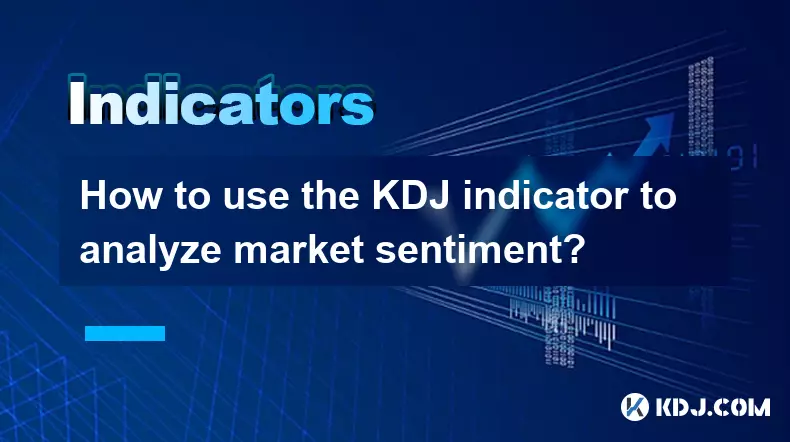
How to use the KDJ indicator to analyze market sentiment?
Oct 18,2025 at 07:18pm
Understanding the KDJ Indicator in Cryptocurrency Trading1. The KDJ indicator, also known as the Stochastic Oscillator, is a momentum-based technical ...
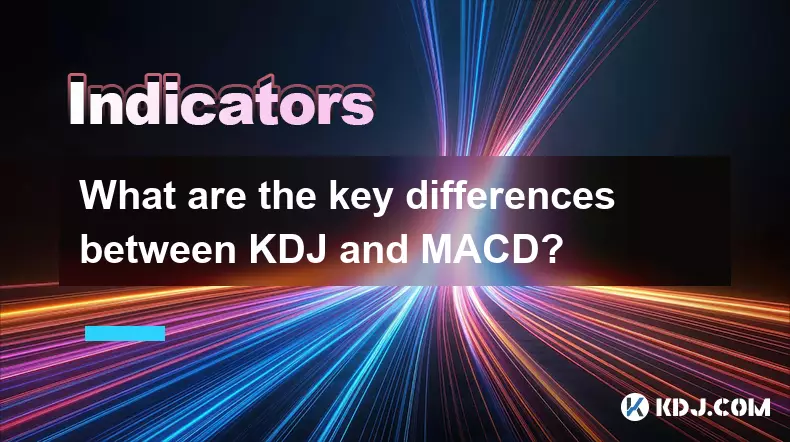
What are the key differences between KDJ and MACD?
Oct 18,2025 at 04:54am
KDJ Indicator: Core Mechanics and Usage1. The KDJ indicator is a momentum oscillator that combines the features of the Stochastic Oscillator with an a...
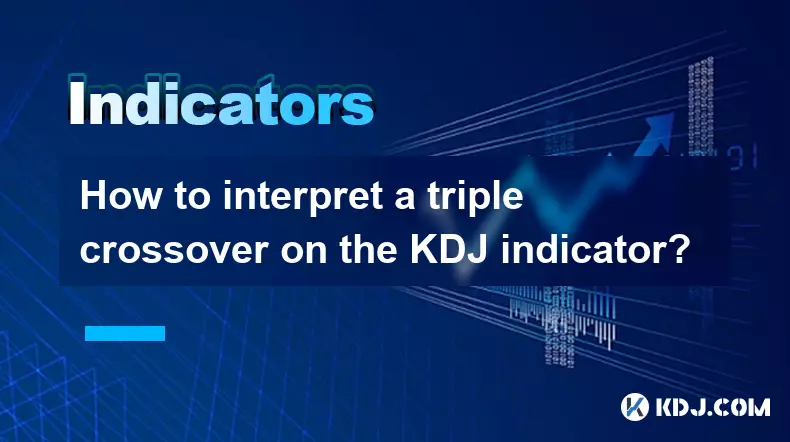
How to interpret a triple crossover on the KDJ indicator?
Oct 18,2025 at 01:54pm
Understanding the Triple Crossover in KDJ Indicator1. The KDJ indicator, a derivative of the Stochastic Oscillator, consists of three lines: K, D, and...

What's the best timeframe for the KDJ indicator?
Oct 20,2025 at 03:01pm
Understanding the KDJ Indicator in Crypto TradingThe KDJ indicator, an extension of the stochastic oscillator, is widely used in cryptocurrency tradin...
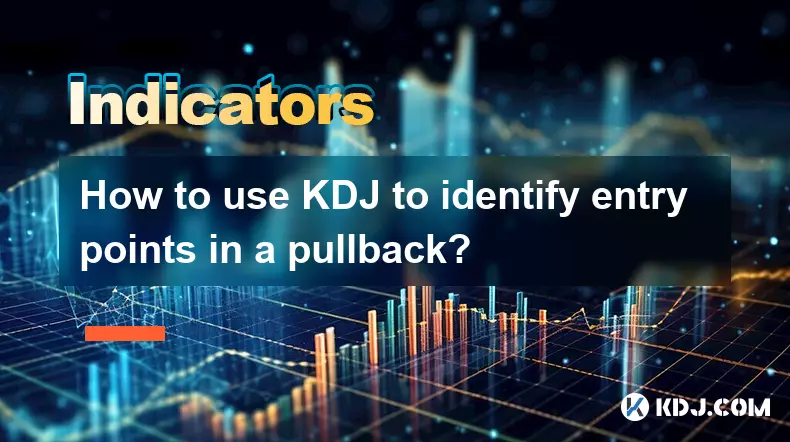
How to use KDJ to identify entry points in a pullback?
Oct 18,2025 at 09:36am
Understanding KDJ in the Context of Pullbacks1. The KDJ indicator, an extension of the stochastic oscillator, consists of three lines: %K, %D, and %J....
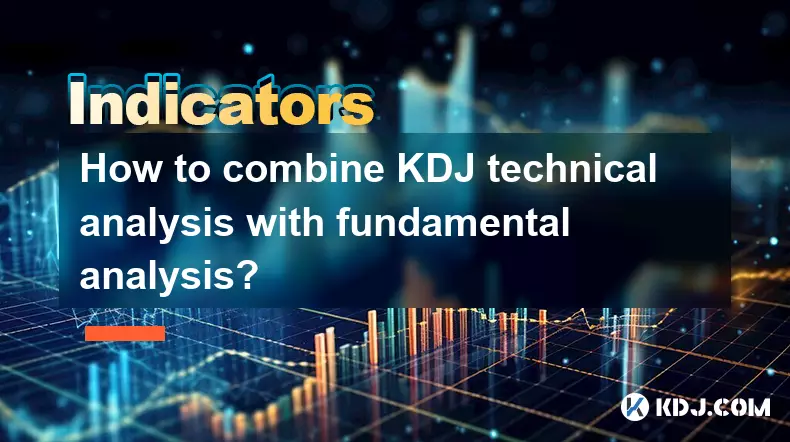
How to combine KDJ technical analysis with fundamental analysis?
Oct 20,2025 at 11:55pm
Understanding KDJ in the Context of Cryptocurrency Markets1. The KDJ indicator, originating from stochastic oscillator principles, is widely used in c...

How to use the KDJ indicator to analyze market sentiment?
Oct 18,2025 at 07:18pm
Understanding the KDJ Indicator in Cryptocurrency Trading1. The KDJ indicator, also known as the Stochastic Oscillator, is a momentum-based technical ...

What are the key differences between KDJ and MACD?
Oct 18,2025 at 04:54am
KDJ Indicator: Core Mechanics and Usage1. The KDJ indicator is a momentum oscillator that combines the features of the Stochastic Oscillator with an a...

How to interpret a triple crossover on the KDJ indicator?
Oct 18,2025 at 01:54pm
Understanding the Triple Crossover in KDJ Indicator1. The KDJ indicator, a derivative of the Stochastic Oscillator, consists of three lines: K, D, and...

What's the best timeframe for the KDJ indicator?
Oct 20,2025 at 03:01pm
Understanding the KDJ Indicator in Crypto TradingThe KDJ indicator, an extension of the stochastic oscillator, is widely used in cryptocurrency tradin...

How to use KDJ to identify entry points in a pullback?
Oct 18,2025 at 09:36am
Understanding KDJ in the Context of Pullbacks1. The KDJ indicator, an extension of the stochastic oscillator, consists of three lines: %K, %D, and %J....

How to combine KDJ technical analysis with fundamental analysis?
Oct 20,2025 at 11:55pm
Understanding KDJ in the Context of Cryptocurrency Markets1. The KDJ indicator, originating from stochastic oscillator principles, is widely used in c...
See all articles










































































